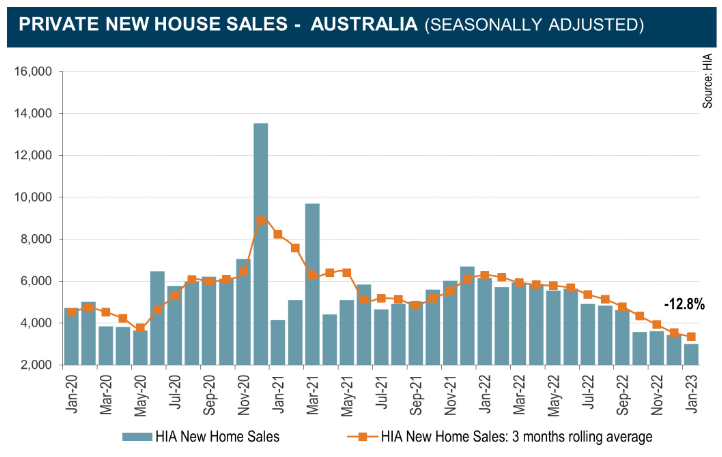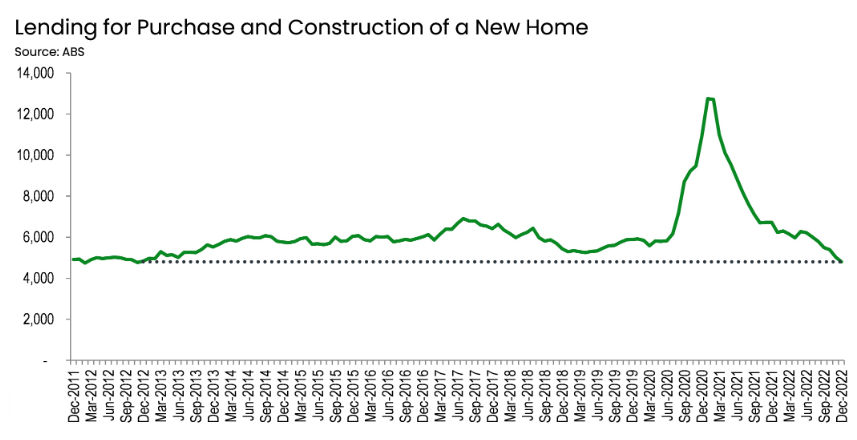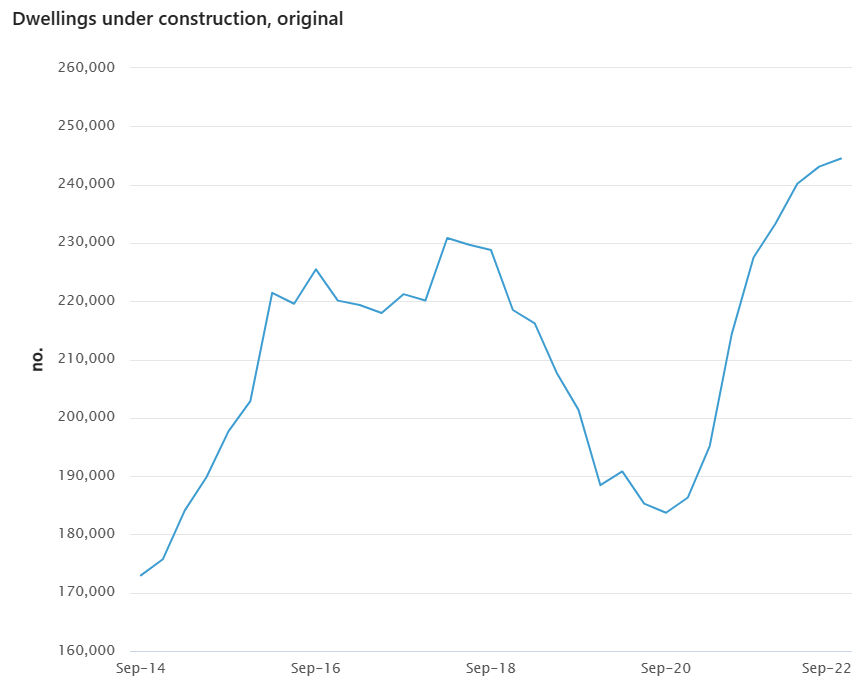Australian Securities & Investments Commission (ASIC) data shows that 1,236 companies in the construction sector have gone into liquidation, receivership or administration so far in 2022-23.
This compares with a total of 1,284 for the entire 2021-22 financial year.
The latest figures do not include Melbourne-based developer Longriver, which was put in the hands of liquidators in late February.
Factors such as the rising cost of labour and building materials are weighing on the construction industry.
Brad Walters head of product and ratings services at data company Equifax warns that more companies in the sector are likely to collapse.
“In construction, they’ll continue to climb, because of the pressure the sector is under”, Walters told The AFR on Tuesday.
“For another six to 12 months, it’s going to continue to be a tough environment in the construction industry”.
“Nine out of 10 unsecured creditors get nothing back”, Walters said. “A lot of people are watching the construction industry very particularly because of the trends we’re seeing gather momentum”.
The outlook for the construction industry is dire.
New home sales have been slashed in half by the Reserve Bank of Australia’s (RBA) aggressive rate hikes and the hangover from the HomeBuilder stimulus:

New home finance commitments have also collapsed, falling to their lowest level since 2012:

And dwelling approvals have also fallen sharply:

The only upside is that building delays have caused a record pipeline of homes still under construction, meaning builders will remain busy in 2023:

However, because many of these homes were signed on fixed price contracts over the pandemic, profit margins have turned negative owing to ballooning input costs.
Hence, the sharp rise in insolvencies across the home building industry.
Given the dire forward-looking indicators, 2024 is shaping up as an unmitigated disaster for the industry once the pipeline has been exhausted.
This contraction in supply is also concerning given Australia is facing record immigration inflows this year and next.
If the situation doesn’t change, Australians will face unprecedented housing (rental) shortages as demand via immigration easily outpaces supply.

